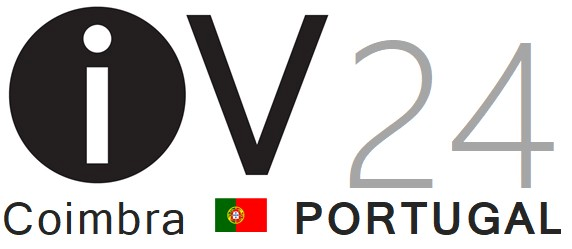- Much higher pixel resolutions in the newest devices, enabling much more fine detail in markers;
- The potential to embed many dimensions of data in glyphs to create more effective representations or higher densities of complex information;
- The potential for novel representations and new applications.
The use of glyphs within information visualization open a number of research questions such as:
- What are the visual channels that can be used to encode information in glyphs, how can they be combined;
- What visualization opportunities exist beyond icons and pictographs, such as shapes, fonts, text, imagery, video, etc.;
- How can fonts and text be utilized to convey more information than as labels;
- Use of optical channels such as blur, motion, and shadow in glyph design;
- What kinds of placements and interactions are uniquely applicable to glyphs;
- How should glyphs be designed, what criteria should be used to evaluate glyphs;
- How can glyphs be combined or sequenced together in information visualization;
- What compelling applications for glyph-based visualization exist;
- How can pictographic glyphs, abstract glyphs and text glyphs be used together.
There are evidently many possibilities for encoding information and for the broader use of glyphs within information visualization ranging across areas such as graph visualization, social networks, text visualization, knowledge visualization, cartography and geospatial visualzation, infographics, scientific visualization, medical visualization, etc.
Topics of interest include methods for generating and encoding data in glyphs and text, new applications for glyphs and text visualization, characterization of the properties and attributes of glyphs, surveys of historic use ranging from origins to specialized fields such as used in mathematics, chemistry or musical notation.
Please check the submission procedures @ the submission page.
General enquiries and submissions should be addressed to the Conference Co-ordinator
Symposium-specific enquiries should be addressed to:
Uncharted Software Inc
Brathr (@) lsbu.ac.uk
CISUC, University of Coimbra, Portugal
https://cdv.dei.uc.pt/
jmacunha (@) dei.uc.pt
